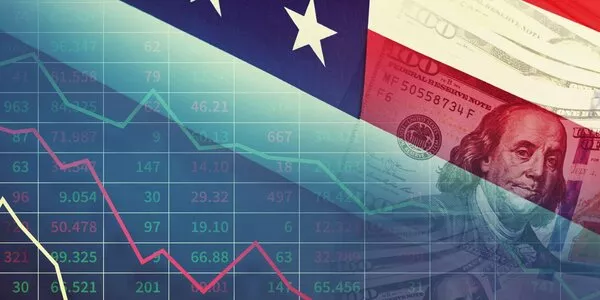
Weekly Update - Rising interest rates: the question of the sustainability of private debt
In an environment of high inflation, central banks have started to tighten financial conditions. In the United States and the United Kingdom, monetary authorities have already begun a cycle of rate hikes with the objective of reaching a neutral level in the coming quarters and have also announced balance sheet reduction programmes. In the Euro area, the ECB is expected to stop its net purchases in Q3-2022 and is expected to start raising its key rate at the end of the year. This is already translating into interest rate hikes (e.g. for home loans) and tighter financial conditions. This new context now raises the question of the sustainability of private sector debt, the level of which increased during the sanitarycrisis.
Although interest rates are rising, household debt is not at risk at this stage. First, over the last ten years, with the exception of France, households in the Euro area and the United States have largely reduced their debt levels (Graph 1), while the share of floating rate debt has also decreased. Second, household debt servicing remains moderate following years of low interest rates. Thirdly, households are in generally good financial health after the Covid crisis. Indeed, the support measures taken during the health crisis have kept household incomes stable or even increased. These measures also resulted in a significant jump in household savings rate. Thus, because of their robust financial balancesheet, households seem to be able to resist the new contextof rising interest rates.
For the corporate sector, the situation appears more mixed, as well as more contrasted from one country to another. Indeed, in Spain and Italy, two of the countries that suffered most from the 2011 debt crisis, corporate debt has also fallen considerably over the last ten years. In France, however, the situation is quite different, with the countries' companies experiencing the largest increase in debt among the major economies (Graph 2). It should be noted, however, that a significant proportion of this debt comes from state-guaranteed loans, thus reducing the risk associated to these debt. In the other major developed economies, corporate debt has also increased in the context of the global health crisis, but this increase is more moderate and has been accompanied by an upsurge in liquid assets. As a result, “net” debt remains broadly stable,reducing credit risk in the context of tighterfinancial conditions.
In essence, rising interest rates do not pose a systemic risk or an immediate risk to financial stability. The tightening of financial conditions is expected to slow down the economy but households and companies appear to be able to cope with the new environment. The private debt situation (households and companies) of some major economies – China, South Korea and France in particular – remains to be monitored, although debt servicing remains at sustainable levels for now.




